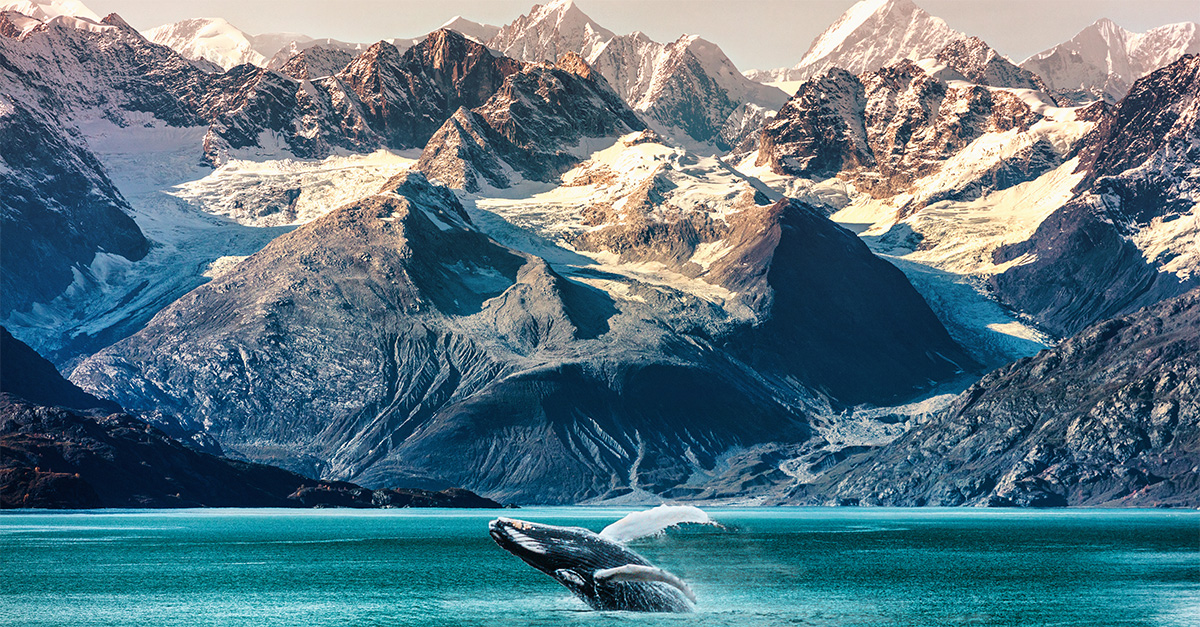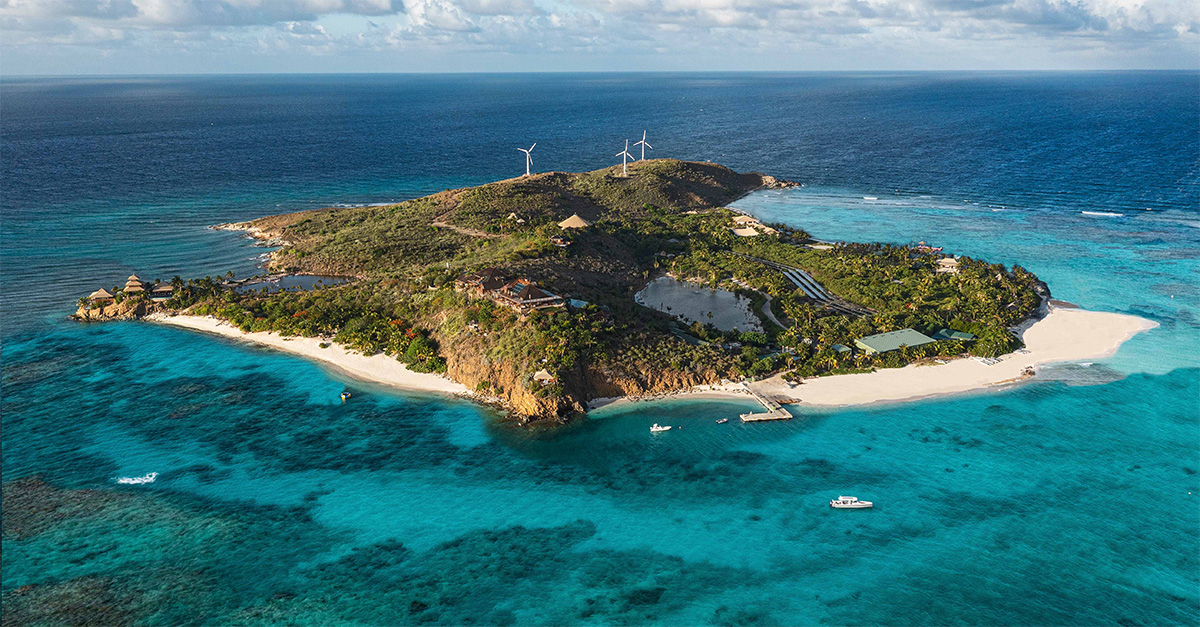Shorter cruises are proving popular as customers’ finances are stretched – but is the long cruise really dead? Jane Archer tests the water
Like this article? Click here to download and save as a PDF.
British passengers are carrying on cruising through the financial crisis, but they are saving money by taking shorter and fewer voyages, according to the Passenger Shipping Association.
Its 2011 cruise report shows almost 1.7 million Britons took a cruise last year, up 5% on 2010, but almost half of all the cruises were for seven nights or fewer – up from 44% in 2010. At the same time, 27% of cruisers took two cruises a year and 9% took three in 2011, showing a steady decline from 2009, when 35% took two cruises and 15% three.
The PSA said: “Consumers [are] responding to their reduced disposable income by taking fewer or no secondary breaks to ensure they can afford their main summer holiday.”
The trend towards shorter cruises has forced P&O Cruises to cancel its debut world cruise on Azura in 2013 – a move blamed on “current economic circumstances” that have led to “a growing preference for shorter cruises”. While it is the highest-profile itinerary change brought about by the demand for shorter cruises, it is not the only one.
Fred Olsen Cruise Lines is offering 12 mini-cruises this year because these value-for-money short voyages are so popular, while Regent Seven Seas Cruises cut a couple of cruises in half last year to make the price more attractive to cruisers. Crystal Cruises has seven-night cruises this year for the first time in between its usual 12-night voyages, and is offering more short itineraries in the Mediterranean in 2013.
Philip Ordever, vice-president of international sales and marketing at Crystal Cruises, said its 12, nine and seven-night rotation on Crystal Symphony in the Med next year is designed to give passengers more variety – the 12-night cruises have three sea days, while the nine and seven-night voyages are more port-intensive.
He said: “We have recognised there is demand for shorter cruises with no sea days. A bonus is that the ticket price on the shorter cruises is lower, which makes us look more competitive, but that wasn’t why we made this change.”
In 2013, Royal Caribbean International is offering more two and three-night cruises from Southampton to Le Havre and Zeebrugge on Independence of the Seas, and has new eight-night cruises to the Norwegian fjords. This year the ship has 10 to 14-night cruises to the Mediterranean and Canary Islands.
While the PSA figures highlight the popularity of shorter cruises, several cruise lines are bucking the trend and report continued demand for long voyages.
Cunard president and managing director Peter Shanks said bookings for round-trip sailings from Southampton on Queen Elizabeth, which is scheduled to circumnavigate New Zealand in 2013, are selling strongly.
He said: “Value for money is key to generating this level of interest, and voyages to or from Australia are attracting good sales due to the combination of free flights, 10% savings and free on-board credit.” These offers remain in place until the end of April.
Holland America Line, which specialises in grand voyages, has new long cruises from the UK this year and next, targeted at the British market. Both the 32-night Caribbean cruise on November 3, and 88-night Passage to the Far East on January 10, 2013 are on the 1,404-passenger Rotterdam round-trip sailing from Southampton.
UK managing director Lynn Narraway said: “Holland America is good at longer voyages, it’s what our passengers like and what we have always done. Passengers are attracted by the dining, the entertainment, our culinary arts.”
Narraway said British passengers who wanted to join a Grand Voyage have always had to fly to Fort Lauderdale so these sailings, which are easy to get to and mean clients don’t have to worry about airline limits on luggage, are expected to sell well.
Narraway added: “They are also a great opportunity for agents as longer cruises cost more and mean more commission.”
Last year Oceania Cruises cut one of its 14-night European cruises in half and it is doing the same with several departures this year, but UK managing director Bernard Carter said it was nothing to do with the ailing economy.
He said: “The shorter cruises are in November, which is a perfect time of year for a short break in Europe as the crowds have gone. These cruises are also ideal for first-timers who want to try a shorter cruise.”
Carter said Oceania had its best-ever month in February. “Passengers at the top end of the market know they are getting excellent value and they are taking cruises that are just as long as ever.”
Oceania has created a selection of grand voyages of up to 71 nights by combining two or more itineraries. They include a 49-night Ultimate Odyssey cruise from Tahiti to New York on Marina on April 7, 2013, and a 34-day Mysteries of the Orient cruise from Singapore to Beijing on Nautica on January 4, 2013. Prices start from £5,411 and £5,614 cruise-only respectively including bottled water and soft drinks.
P&O Cruises’ 2013 world cruise programme would have been its biggest ever, with four ships either circumnavigating the globe or offering three-month voyages. Although the Azura world cruise is cancelled – the ship will instead be sailing 14-night cruises in the Caribbean – the other itineraries are going ahead as planned.
Managing director Carol Marlow said passengers booked on Azura were given the option of switching to one of P&O Cruises’ other world or long cruises – an 85-night cruise around South America on Adonia, a 106-night circumnavigation on Aurora or a 99-night cruise to South America and through the Pacific on Arcadia – so all three are showing strong bookings despite the economic situation.
She said: “Long cruises are seen as the holiday of a lifetime, but once people try it they do it again and again. It is a special and very different experience that attracts past passengers and people who have never cruised before.
“It’s also tremendous value, especially as our long cruises are from Southampton and back so there are no flying costs.”




